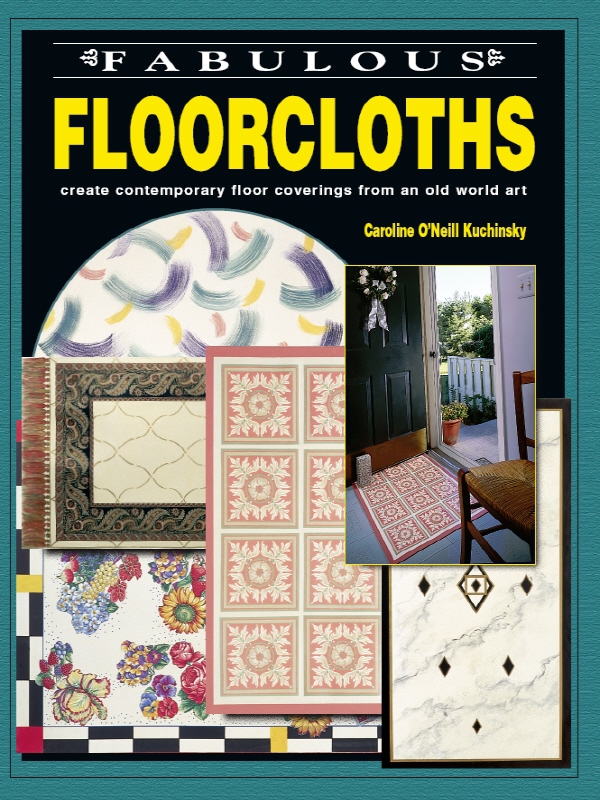
 FABULOUS
FABULOUS
FLOORCLOTHS
create contemporary floor coverings from an old world art
Caroline ONeill Kuchinsky

The entry hall of Homewood House in Baltimore, Maryland, showcases a spectacular fitted floorcloth in the Running Diamond pattern. (Courtesy Homewood House Museum, The Johns Hopkins University.)
Copyright 1998 by Caroline ONeill Kuchinsky
All Rights Reserved
Published by

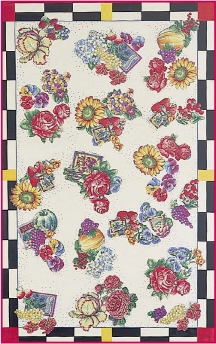
Please call or write for our free catalog of publications. Our toll-free number to place an order or obtain a free catalog is 800-258-0929 or please use our regular business telephone 715-445-2214.
No part of this book may be reproduced, transmitted, or stored in any form or by any means, electronic or mechanical, without prior written permission from the publisher. The templates may be copied for personal use.
Illustrations by Golden Dog Productions Photography by Barbara Hunt Photography Designed by Jan Wojtech Manufactured in the United States of America
Library of Congress Cataloging-in-Publication Data
Kuchinsky, Caroline ONeill
Fabulous floorcloths: create contemporary floor coverings from an old world art
ISBN 0-8019-9054-8
eISBN: 978-1-4402-1951-1
1. Floorcloths 2. Crafts 3. Floor coverings
97-69814
CIP
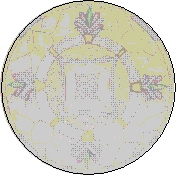
Dedication
I would like to dedicate this book to my husband Michael and my children, Isobel, Rachel, and Louis. Without them this book would still be a dream and not a reality.
Acknowledgments
I would like to express my immense gratitude to the people, places, and companies who helped to create this book:
Barbara Case, my editor, for her guidance and experience in the publishing field.
John Riina, my agent, whose experience, advice, and willingness to work with me is greatly appreciated.
Bonnie Fatigati, my illustrator, who created fabulous artwork and helped me more than shell ever know.
Barbara Hunt, my photographer, whose skill and patience made this a great book and a photographic learning experience.
Homewood House Museum and Rosanna Moore for sharing their beautiful floorcloths and knowledge.
Fredrix Artist Canvas for supplying the canvas for the floorcloth projects in the book.
The Gaithersburg Paint Center and Benjamin Moore & Co. for supplying the paint and protective sealers for the floorcloth projects.
DecoArt for supplying their Americana Acrylics paint.
Plaid Enterprises for supplying their Decorator Block stamps, Mod Podge glue, and stencils.
Hoffman Fabrics for the use of their Windsor fabric.
Amscan, Inc. for their Classic Scroll luncheon napkin.
Mafcote Industries, Inc. and Royal Lace for their Basket Lace Square doily.
Concord Fabrics for their Seed Packet fabric.
Alexander Henry Fabrics, Inc. for their In the Beginning fabric.
Imperial Wallcoverings, Inc. for their Scroll wallpaper border.
Ruby Hough and Donna ONeill for their design and color expertise.
My sister Kathleen for her help and support no matter the time of day.
Michael, John, and Cindy ONeill, and Katherine, Joe, and Bill Kuchinsky for their patience and support.
My mother and father for inspiring me to work hard, succeed, and follow my dreams.
My mother for her endless support, love, and limitless help.
Finally, my husband Michael for believing in me and the finished book. Thank you.
FABULOUS FLOORCLOTHS
CONTENTS
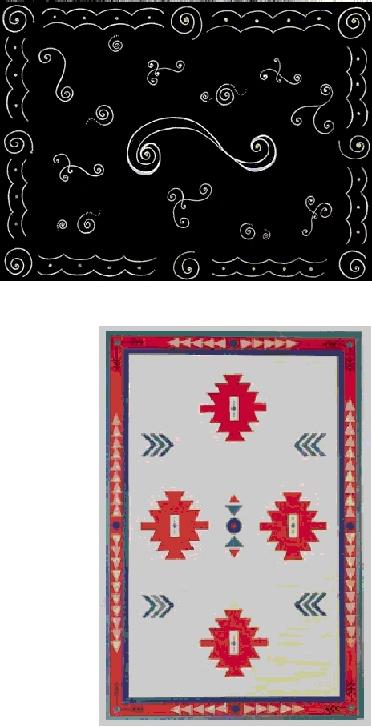

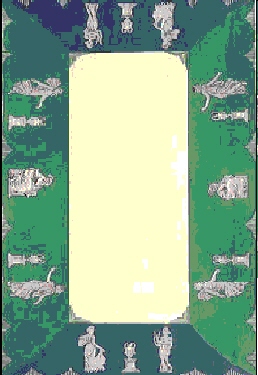
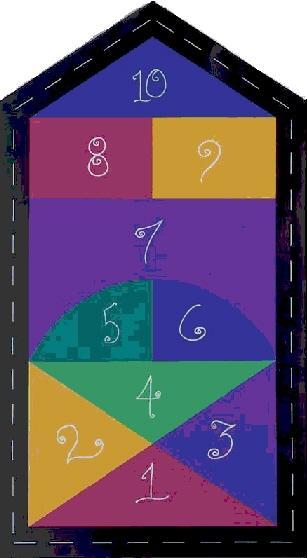
Introduction
W ould you like to transform an ordinary floor in your home into a work of art without hiring a professional decorator or spending a lot of money? Its easier than you think. You can create a one-of-a-kind canvas floorcloth exactly the right size to fit your room in exactly the right colors for your decor. Whether you are a novice crafter or an experienced artist, you can create a floorcloth to use and enjoy for years to come.
Also known as an oil cloth, wax cloth, or painted rug, a floorcloth is simply a piece of canvas cut and hemmed to any size. You can paint, embellish, and varnish it to create an ornamental yet highly durable and functional floor covering that will add new patterns, colors, and textures to your room.
Floorcloth popularity began during the early 18th century in Europe and crossed the ocean to America a few years later. Imported from Britain, where floorcloth production was already underway, floorcloths were purchased by wealthy Americans or made by novice crafters. Often the canvases were painted to resemble marble or painted floors using stencils, freehand designs, or block prints. In more affluent homes, the floorcloths were laid over expensive carpets as crumb catchers.
As the American economy prospered and general manufacturing developed, so did the production of floorcloths. The American Revolution was a turning point in floorcloth making. For the first time, materials were produced in America and the art form began to rival that of Britain. Floorcloths were soon found in less affluent households, often covering a floor of unfinished wood planks or dirt.
It wasnt until the late 1900s that floorcloth popularity began to dwindle, ultimately being overshadowed by the new linoleum.
In the last decade, floorcloths have enjoyed a resurgence of popularity, and for good reason. Today, more than ever, we want our homes to be a reflection of our personal tastes and pleasures. What better way than to create our own art to decorate our homes? Today, floorcloths arent limited to Colonial or early American designs. Myriad patterns and motifs can be incorporated to blend with any decorating style and modern painting techniques, products, and decorative applications open up a host of possibilities for the making of this rejuvenated art form.
With this book you will learn how to design and create professional looking floorcloths. Section I:Getting Started shows how to choose designs and color schemes to fit any decorating style. Youll learn about materials, tools, and decorative mediums and the step-by-step illustrations will guide you through the basic techniques for floorcloth construction and care. Youll explore different ways to decorate your floorcloth, including painted applications and embellishing techniques such as stenciling, border painting, fringe, lattice, doily spray, stamping and veining, paper decoupage, and fabric appliqu.
Next page


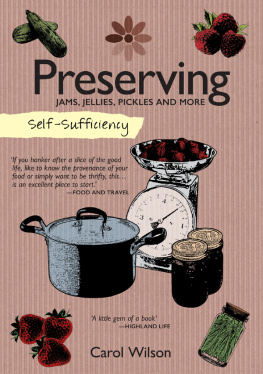
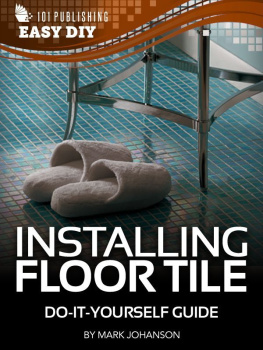
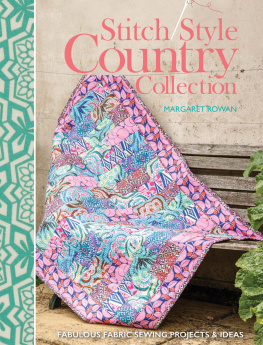

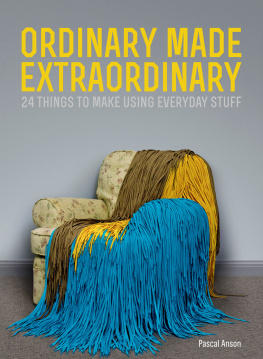
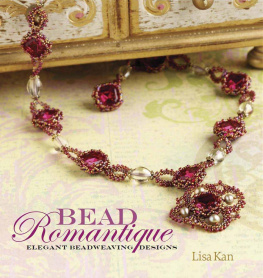
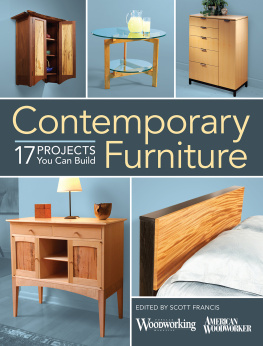

 FABULOUS
FABULOUS







